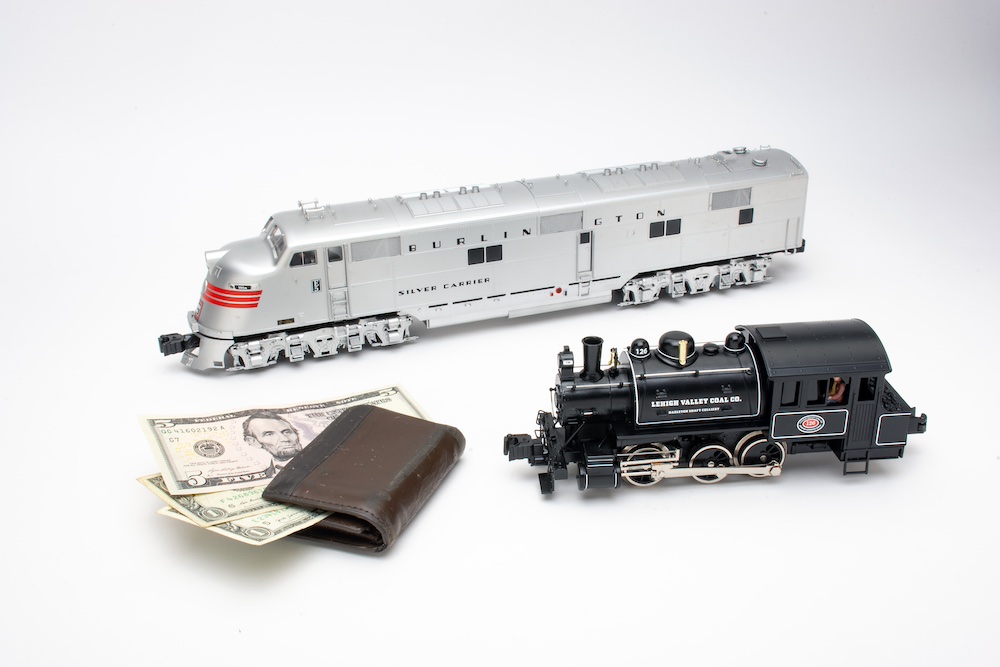
I’ll admit in preaching to the choir that O-gauge model railroading can be an expensive endeavor. Newer, higher-end scaled products that can be either preorders or recent releases can cost many hundreds to thousands of dollars. My time at the Milwaukee Lionel Railroad Club (MLRRC) in New Berlin, Wis., has garnered friendships with fellow members […]
Read More…
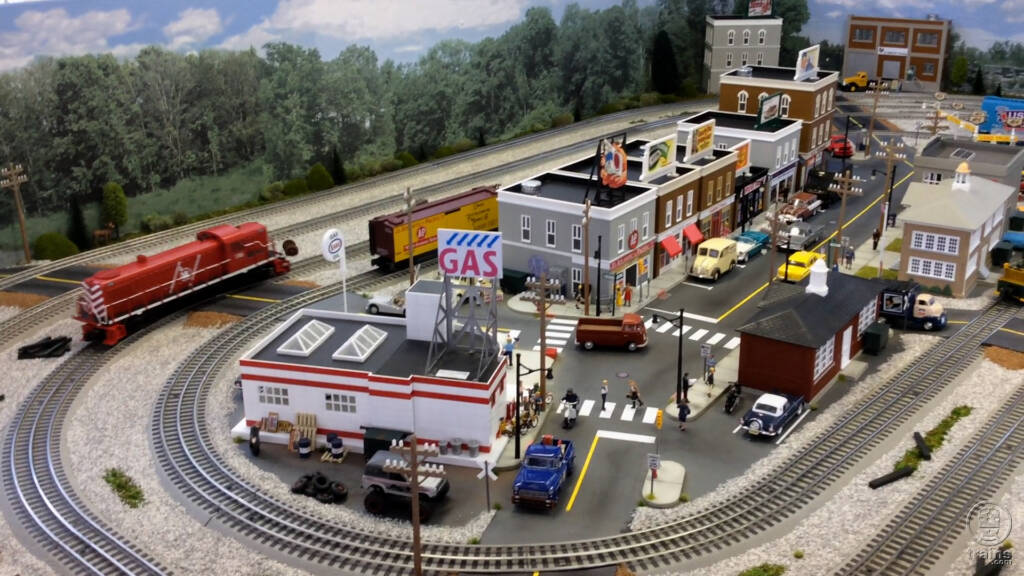
Name: Tom Kaiser’s O gauge layout Dimensions: 10½ x 11 feet Track: Lionel FasTrack (diameters range from 31 to 60 inches) Motive power: Atlas O, K-Line, Lionel, MTH, Ready Made Trains, Williams Rolling stock: K-Line, Lionel, Menards, MTH, Ready Made Trains, Williams Controls: MRC transformers (2) Accessories: K-Line, Lionel, Marx Structures: Bachmann, K-Line, Lionel, MTH, Plasticville U.S.A., scratchbuilt See more in the […]
Read More…

Name: Art Volz’s O-27 gauge layout Dimensions: 10 x 20 feet Track and switches: Lionel (diameters range from 27 to 31 inches) Motive power: Lionel (postwar, modern) Rolling stock: Lionel (postwar, modern), Menards Controls: Lionel Nos.1033, 1034, type-ZW transformers Accessories: Lionel, MTH Structures: Atlas O, Lionel, Menards, MTH, scratchbuilt, Woodland Scenics See more in the Fall 2024 issue of Classic Toy Trains! See Art’s track […]
Read More…
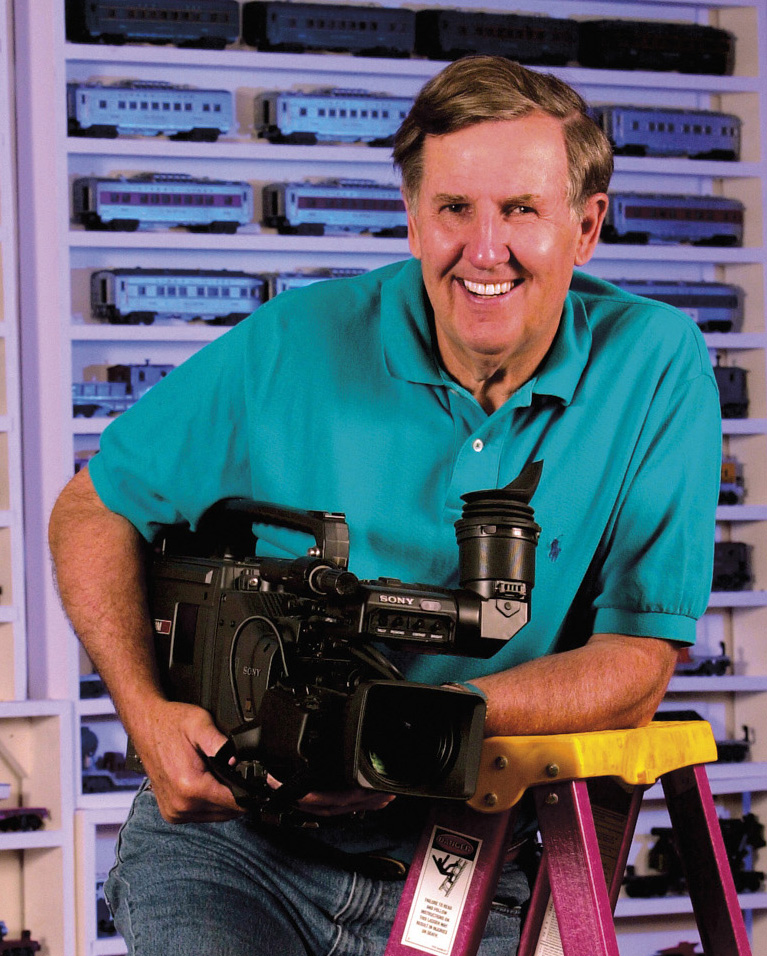
In memoriam: Tom McComas, one of the most influential shapers of the contemporary toy train hobby, died in Michigan City, Ind., on Aug. 8, 2024, at the age of 86. He left an indelible mark on the hobby, starting as an author in the 1980s and then proceeding to write and produce a vast number […]
Read More…
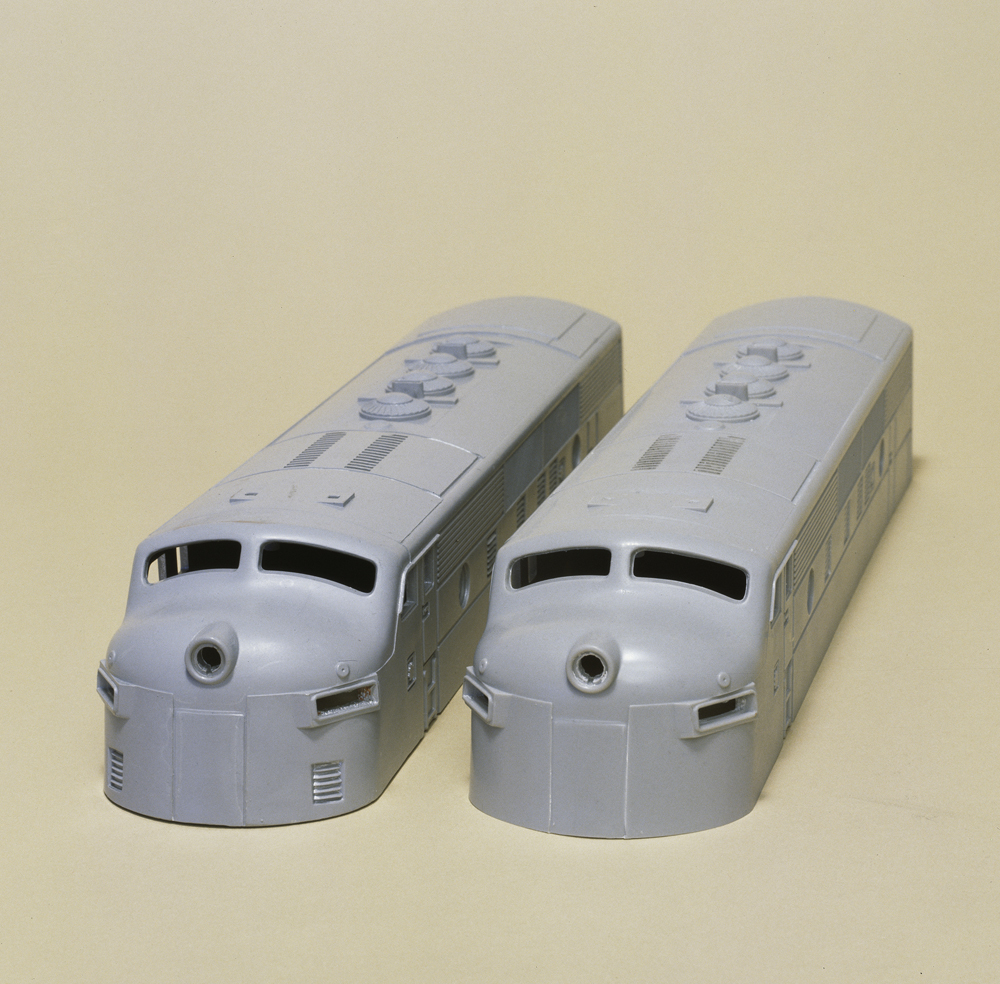
You might recognize my name as a restorer of Lionel trains, this having been my livelihood for more than 50 years. Some people may question my sanity in giving up “secret” painting tips that I have used for decades; I don’t mind at all. If I can make the hobby more enjoyable to my fellow […]
Read More…
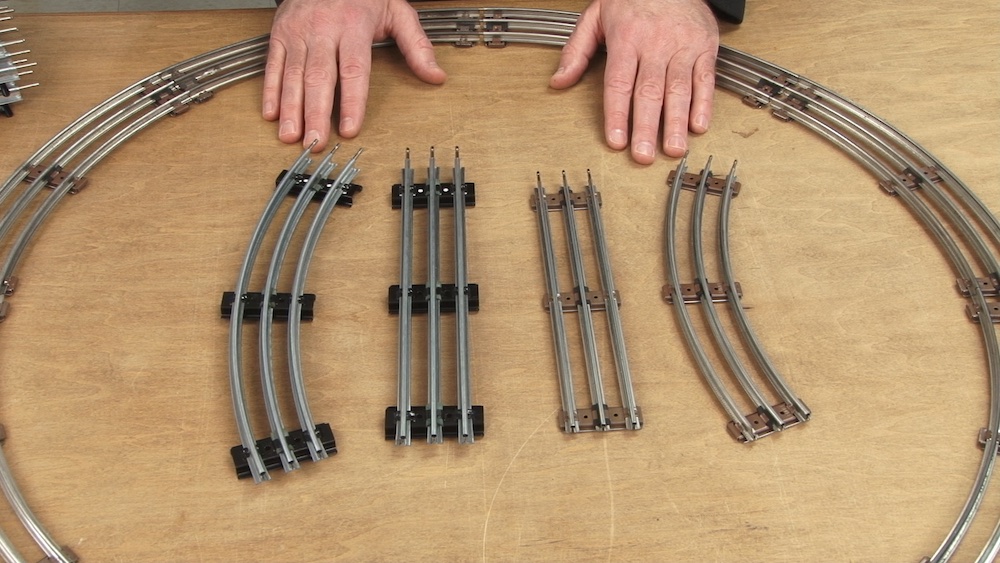
Choosing the right O-gauge, 3-rail track can put you on the right track when building a layout in scale, semi scale, or even a mixture of both. It all starts with three deciding factors: Layout size Types of trains you plan to run Your budget From these determinations come three options for the types of […]
Read More…
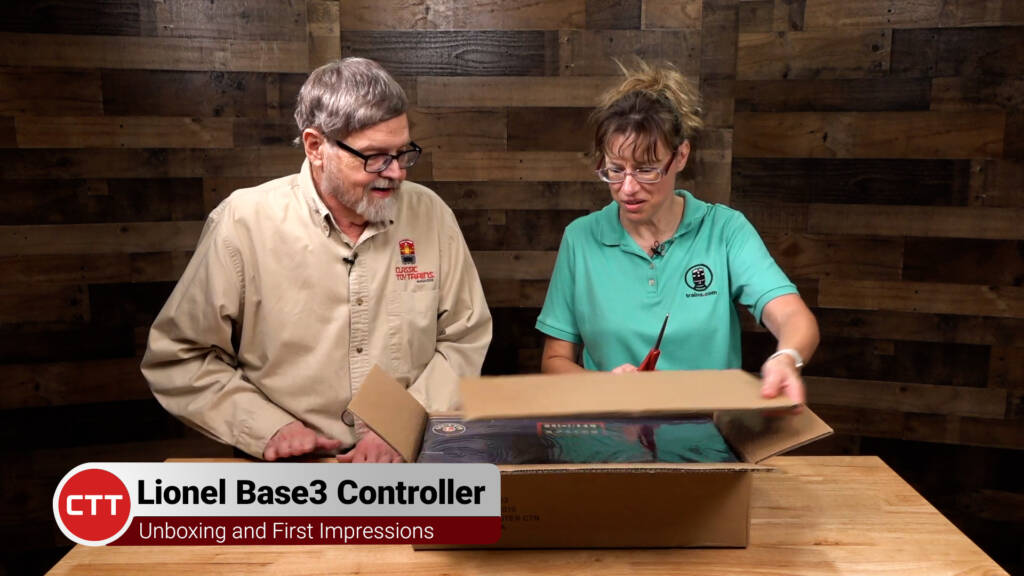
Lionel has released their Base3 control system, and CTT unboxes and tests the product. Editor Rene Schweitzer and Contributing Editor Bob Keller offer some tips and tricks for operation, and demonstrate the Polar Express engine on the CT&T in-house layout. Read a review from Chris Montagna about the Base3. Learn more about this system at control.lionel.com Find […]
Read More…

New Tracks Modeling has announced three scholarship winners of their New Track Modeling Mentoring Scholarship for 2024. Ethan Prasad Bernstein, who just completed his junior year and is pursuing a bachelor of science degree in engineering from Johns Hopkins University. Ethan is the recipient of the scholarship sponsored by the Pacific Coast Region of the […]
Read More…

New Tracks Modeling and O Scale Resource magazine have announced an O scale animated series of models, produced by CatzPaw Innovations LLC and Brennan’s Model Railroading. Preorders for the first model will be taken at the March 2025 O Scale Meet in Chicago, Ill. David Schultz is the chairman of the Modelers Advisory Committee for […]
Read More…
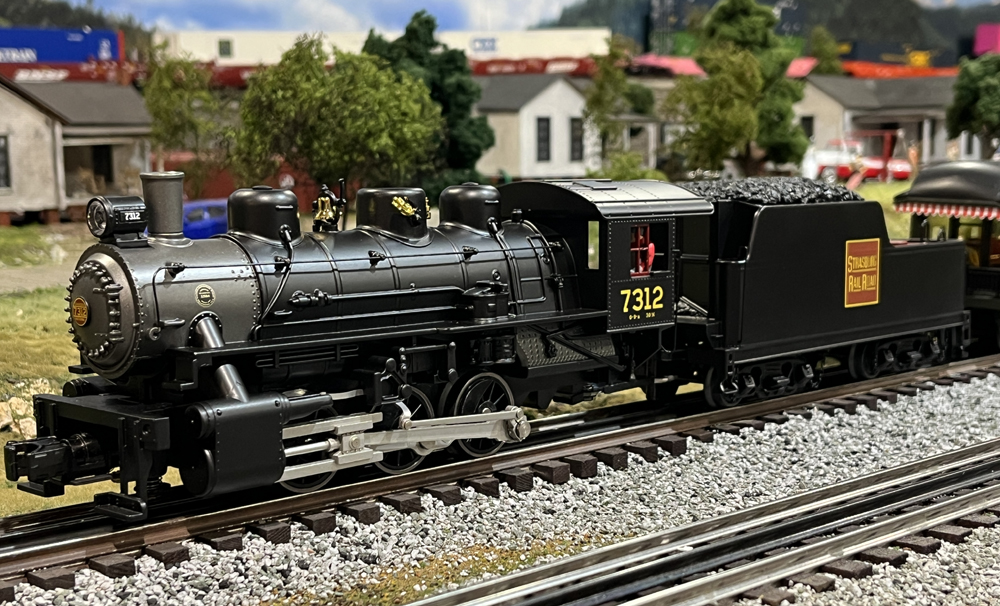
As a collector of scale models, I typically focus on Lionel Legacy or MTH/Atlas Premier models. However, the MTH RailKing line also provides a great deal of scale (and non-scale) models at a lower price point. Announced in June of 2023 with six “livery configurations,” the USRA 0-6-0 arrived in July of 2024, a few […]
Read More…
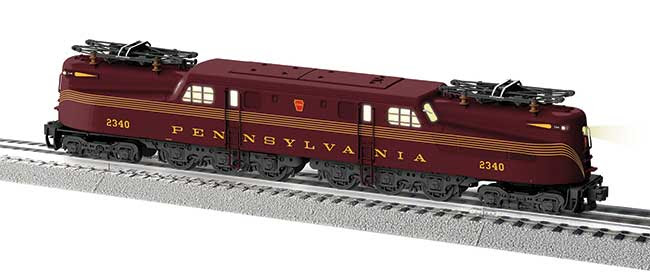
Locomotives & rolling stock Pat’s Trains has announced a custom-run MTH AC6000 engine as part of the Premier line. The engine features Proto-Sound 3.0, operates on O-42 curves, and is decorated in B&O livery. Two versions will be available, cab No. 7813 (20-21933-1, shown) and cab No. 7814 (20-21934-1). Expected delivery in August. Price: $549.99. […]
Read More…









